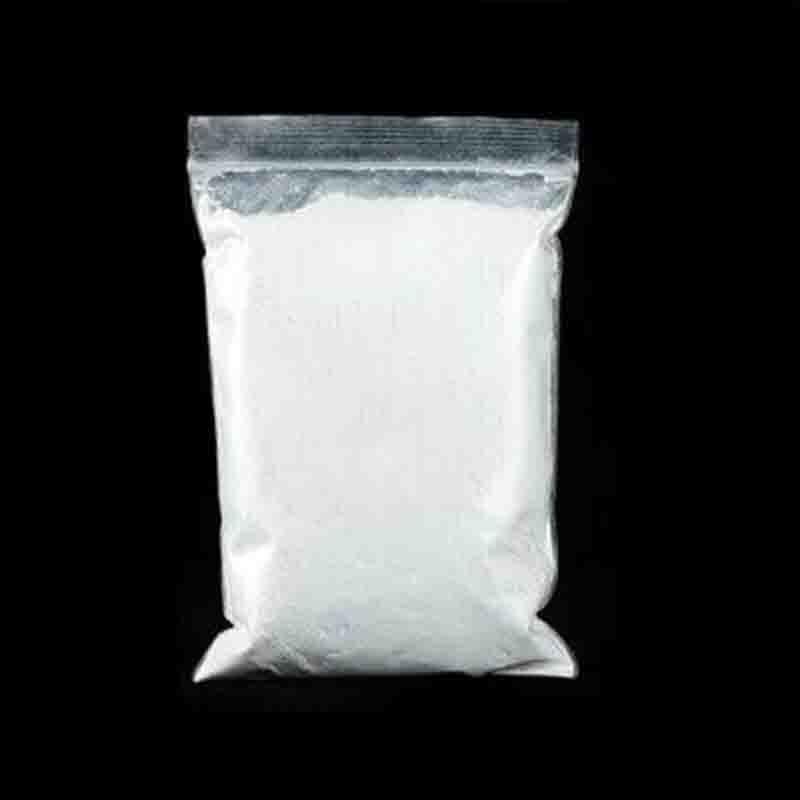-
Categories
-
Pharmaceutical Intermediates
-
Active Pharmaceutical Ingredients
-
Food Additives
- Industrial Coatings
- Agrochemicals
- Dyes and Pigments
- Surfactant
- Flavors and Fragrances
- Chemical Reagents
- Catalyst and Auxiliary
- Natural Products
- Inorganic Chemistry
-
Organic Chemistry
-
Biochemical Engineering
- Analytical Chemistry
-
Cosmetic Ingredient
- Water Treatment Chemical
-
Pharmaceutical Intermediates
Promotion
ECHEMI Mall
Wholesale
Weekly Price
Exhibition
News
-
Trade Service
The main goal of preoperative language examination is to locate key language areas that are highly sensitive (that is, to capture areas that may cause language defects in resection) and specific (that is, to exclude non-verbal areas), and to reliably determine the dominance of the language hemisphere on an individual basis
.
Language detection is challenging due to the widespread functional organization of language in the frontal, temporal and parietal lobes, and the possibility of functional reorganization caused by tumors in neurosurgery patients
.
This paper studies the mw-fMRI language detection of preoperative patients with brain tumors invading the hypothetical language cortex and varying degrees of language interruption
Mw-fMRI was compared with clinical AntGen-tb-fMRI in 34 brain tumor patients who underwent preoperative language examination, and 22 of them were compared with rs-fMRI
.
Due to excessive head movement, Mw-fMRI data of one subject (2.
9%), tb-fMRI data of four subjects (11.
8%), and rs-fMRI data of two subjects (9.
1%) Were excluded from the analysis
.
Patients with mw-fMRI had a lower head movement range than tb-fMRI, and no other differences were found between the two modes
.
FMRI language detection of brain tumor patients based on movie viewing (mw-fMRI), antonym generation (AntGen-tb-fMRI) and resting state (rs-fMRI)
There were significant differences in the laterality of the parietal lobe (p=0.
039), temporal lobe (p=0.
063) and frontal lobe (p=0.
058) between mw-fMRI and tb-fMRI
.
In most discordant cases, tb-fMRI showed left hemisphere dominance, and mw-fMRI showed right hemisphere dominance
.
The high sensitivity of language detection indicates that the incidence of false negative activation in the assumed language area is low.
This is important because it can reduce the risk of language defects after surgery, which is related to underestimation and accidental removal of functional tissue
.
Current research results indicate that mw-fMRI may provide higher detection sensitivity in the temporal lobe and parietal cortex, which is mainly related to receptive language function, while it provides lower mapping sensitivity in the frontal lobe, which is mainly related to The expressive language function is related
.
mw-fMRI can be used as a supplement or alternative to tb-fMRI for patients with temporal and parietal lesions.
For these patients, high-precision preoperative mapping of temporal and parietal lesions is essential, and task execution may be challenging
.
For these patients, high-precision preoperative mapping of temporal and parietal lesions is essential, and task execution may be challenging
.
Yao S , Rigolo L , Yang F Yao S Yao Rigolo L Rigolo Yang F Yang , et al Movie-watching fMRI for presurgical language mapping in patients with brain tumour Journal of Neurology, Neurosurgery & Psychiatry Published Online First: 25 June 2021.
Published Online First: doi: 10.
1136/jnnp-2020-325738 doi: leave a message here







